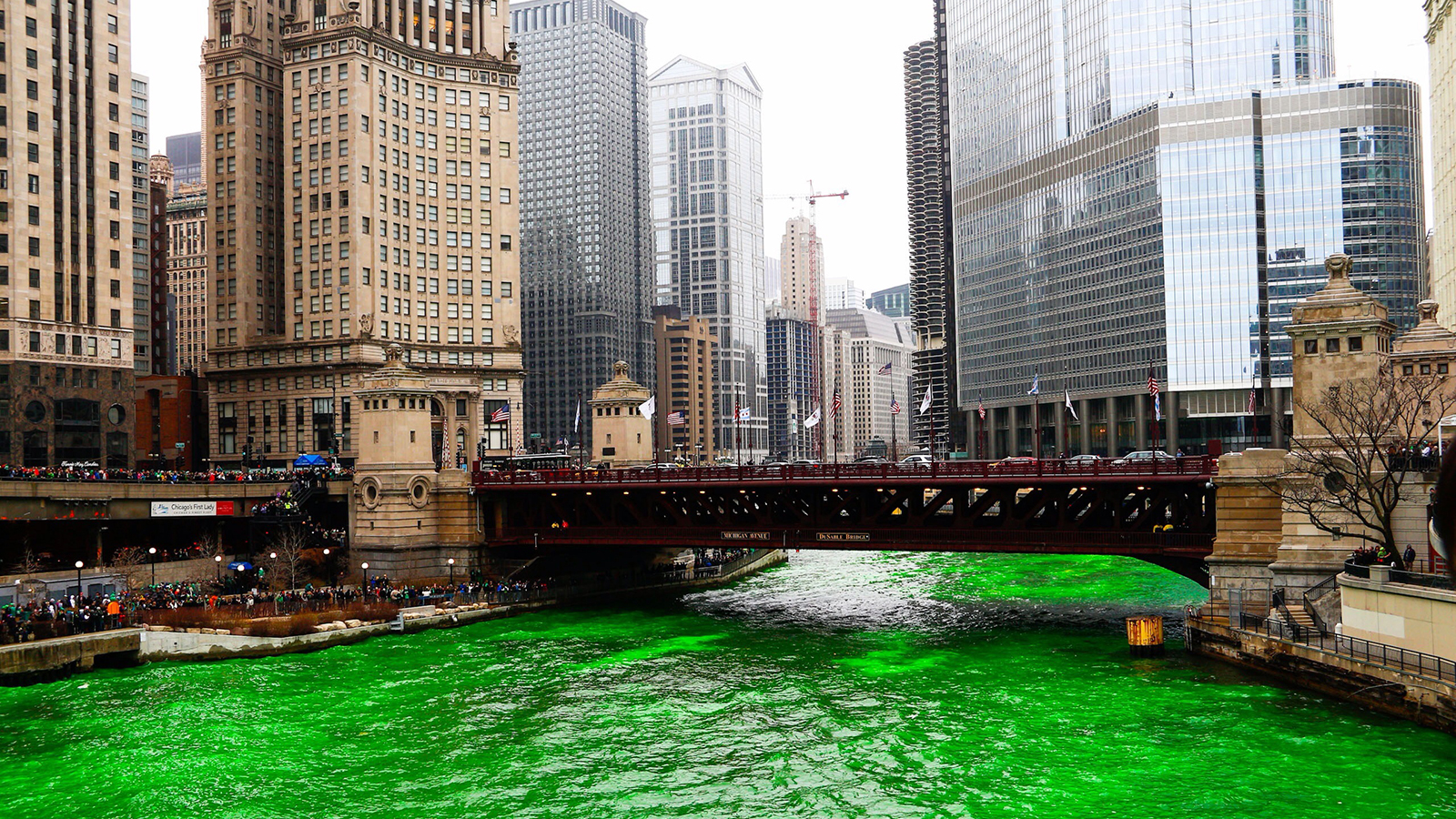Q. Dear Umbra,
This is literally a green question. St. Patty’s Day is here and everything is getting dyed green, even the Hillsborough River in Tampa. Chicago does this too. Is it really safe for the environment and wildlife for these rivers to be dyed green? “They” say the dyes are water-soluble and biodegradable, but how do we know if it affects fish in other ways? I’m worried we are looking at this from a human perspective and not considering the animals. Can you reassure me this is really safe for all beings?
Kim G.
Tampa, Fla.
A. Dearest Kim,
I completely get your concern. Usually when our local waterways turn a fluorescent green, it’s time to worry about toxic chemical spills and three-eyed fish. Not to mention that many of our most cherished festive traditions aren’t necessarily great for the planet — balloon releases and bonfires, I’m looking at you. So I’m thrilled to report that for once, a beloved holiday practice is probably pretty darn benign. If that’s all you need to hear to enjoy your Guinness in peace, well, cheers. But I invite you to dive into the emerald-tinted waters with me for a closer look.
Dyeing the river green for St. Patrick’s Day has been a time-honored ritual in Chicago since 1962 and in Tampa since 2012, as well as in a few other centers of Irish pride around the country. To pull it off, “they” (aka city managers and public works gurus) typically use orange powder dyes that turn bright green once they hit the water, then break down in a matter of hours. Chicago’s exact formula is a closely guarded secret, but officials refer to it as “eco-friendly vegetable dye.” According to Tampa water department director Chuck Weber, your city relies on Bright Dyes commercial dye to do the job, a product that meets EPA standards for safety under the Clean Water Act and is nontoxic. These types of dyes are typically veggie-based, carry no real eco-toxicity concerns, are considered safe for aquatic critters, and are certified for use in drinking water by the National Sanitation Foundation. All in all, I’d say a Shamrock Shake poses more health and environmental dangers than the annual dyein’ of the green.
Local environmental groups don’t exactly embrace this tradition, but they don’t pooh-pooh it either; they remind us that we should be worried about bigger threats to our rivers, like sewage, chemical spills, runoff from fertilizers and pesticides, trash, even dog poop. Interestingly enough, the bright tints at work in these festive celebrations — called tracer dyes — are often called upon to detect and protect the health of our waterways, not muck them up: Experts tap them to track down the source of pollutants, check for leaks in dams and septic tanks, and monitor streamflow levels, among other uses.
Still, I agree that we should be thoughtful about all river creatures great and small, Kim. So in the spirit of the holiday, why not start your own tradition of stepping up for your neighborhood rivers, lakes, and beaches? You might volunteer for a local cleanup or wetland restoration event. Or sign up to take samples to help with water-quality monitoring projects. Or lead nature walks along your lovely waterways. (Try these guys for opportunities in your neck of the sawgrass, Kim.) You might install a rain garden in your yard to help prevent runoff problems, or plant trees, or educate your neighbors about the dangers of garden pesticides, or even replace an old, water-guzzling appliance with a more efficient WaterSense model.
Leprechauns and Kelly-green pints are all good fun, but engaging in meaningful service to the environment is the way to really be green this spring.
Kiss-me-I’m-Irishly,
Umbra



